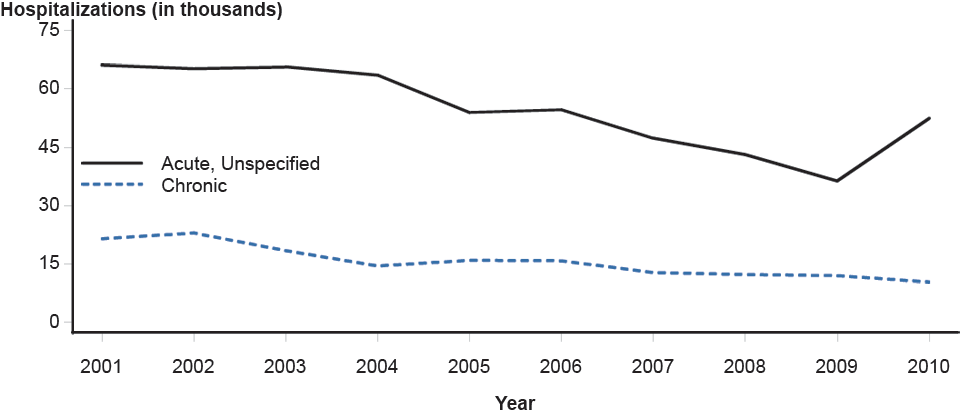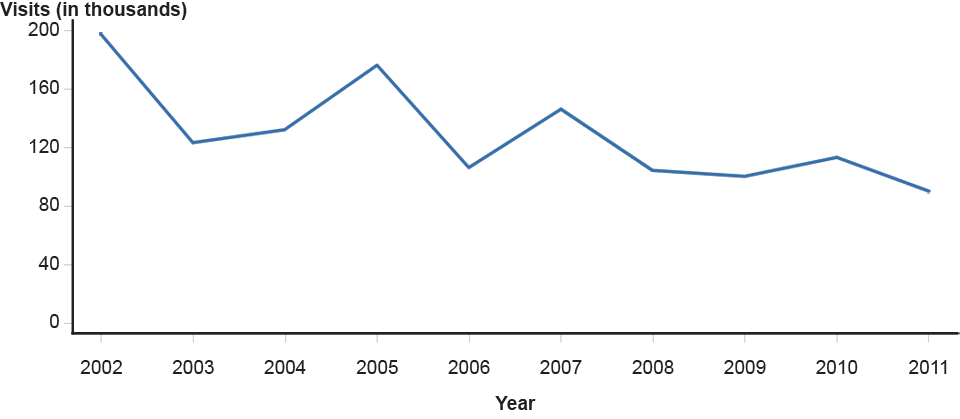Pelvic inflammatory disease epidemiology and demographics
|
Pelvic inflammatory disease Microchapters |
|
Differentiating Pelvic Inflammatory Disease from other Diseases |
|---|
|
Diagnosis |
|
Treatment |
|
Case Studies |
|
Pelvic inflammatory disease epidemiology and demographics On the Web |
|
American Roentgen Ray Society Images of Pelvic inflammatory disease epidemiology and demographics |
|
FDA on Pelvic inflammatory disease epidemiology and demographics |
|
CDC on Pelvic inflammatory disease epidemiology and demographics |
|
Pelvic inflammatory disease epidemiology and demographics in the news |
|
Blogs on Pelvic inflammatory disease epidemiology and demographics |
|
Risk calculators and risk factors for Pelvic inflammatory disease epidemiology and demographics |
Editor-In-Chief: C. Michael Gibson, M.S., M.D. [1]; Associate Editor(s)-in-Chief: Seyedmahdi Pahlavani, M.D. [2]
Overview
It is difficult to have an accurate estimate of PID incidence and prevalence because most of this patients are sub-clinical.[1] PID is the most common reason for hospitalization among women. It is more common among young sexually active woman aged 15-29.
Epidemiology
Incidence
- It is estimated that between 750,000 and 1.2 million women are affected by PID each year in the United States.[2][3]
- Incidence and prevalence are decreasing since 1985 because of widespread chlamydia screening and treatment.[4]
- PID is the most common gynecologic reason for hospital admission in the United States, accounting for 18 per 10,000 recorded hospital discharges.[5][6]
- Approximately 50,000 women become infertile in the US each year as a consequence of PID.
- N. gonorrhoea is isolated in only 40-60% of women with acute salpingitis.[7] C. trachomatis was estimated to be the cause in about 60% of cases of salpingitis, which may lead to PID.
-
Pelvic Inflammatory Disease—Hospitalizations of Women Aged 15–44 Years, United States, 2001–2010
-
Pelvic Inflammatory Disease—Initial Visits to Physicians’ Offices by Women Aged 15–44 Years, United States, 2002–2011
Graphs adapted from https://www.cdc.gov/
Demographics
Age
PID is a common disease that tends to affect young women between the ages of 15 and 29 years.[2]
Race
In the United States, African-American or Black-Caribbean ethnicity has been associated with a higher risk of PID.[8]
References
- ↑ Grodstein F, Rothman KJ (1994). "Epidemiology of pelvic inflammatory disease". Epidemiology. 5 (2): 234–42. PMID 8172999.
- ↑ 2.0 2.1 Ford GW, Decker CF (2016). "Pelvic inflammatory disease". Dis Mon. 62 (8): 301–5. doi:10.1016/j.disamonth.2016.03.015. PMID 27107781.
- ↑ Rein DB, Kassler WJ, Irwin KL, Rabiee L (2000). "Direct medical cost of pelvic inflammatory disease and its sequelae: decreasing, but still substantial". Obstet Gynecol. 95 (3): 397–402. PMID 10711551.
- ↑ Owusu-Edusei K, Bohm MK, Chesson HW, Kent CK (2010). "Chlamydia screening and pelvic inflammatory disease: Insights from exploratory time-series analyses". Am J Prev Med. 38 (6): 652–7. doi:10.1016/j.amepre.2010.02.008. PMID 20494242.
- ↑ Gradison M (2012). "Pelvic inflammatory disease". Am Fam Physician. 85 (8): 791–6. PMID 22534388.
- ↑ Sutton MY, Sternberg M, Zaidi A, St Louis ME, Markowitz LE (2005). "Trends in pelvic inflammatory disease hospital discharges and ambulatory visits, United States, 1985-2001". Sex Transm Dis. 32 (12): 778–84. PMID 16314776.
- ↑ Lauren Nathan; DeCherney, Alan H.; Pernoll, Martin L. (2003). Current obstetric & gynecologic diagnosis & treatment. New York: Lange Medical Books/McGraw-Hill. ISBN 0-8385-1401-4.
- ↑ Leichliter JS, Chandra A, Aral SO (2013). "Correlates of self-reported pelvic inflammatory disease treatment in sexually experienced reproductive-aged women in the United States, 1995 and 2006-2010". Sex Transm Dis. 40 (5): 413–8. doi:10.1097/OLQ.0b013e318285ce46. PMID 23588132.

